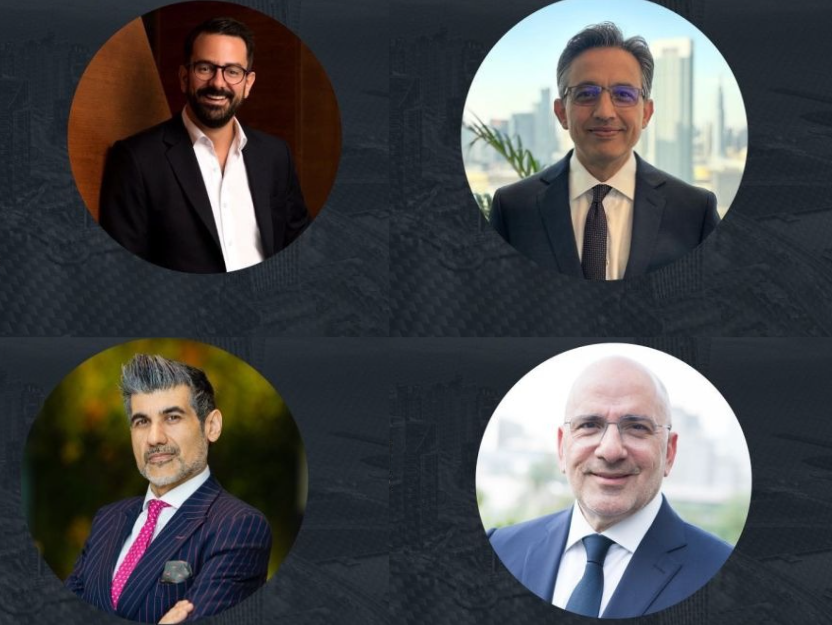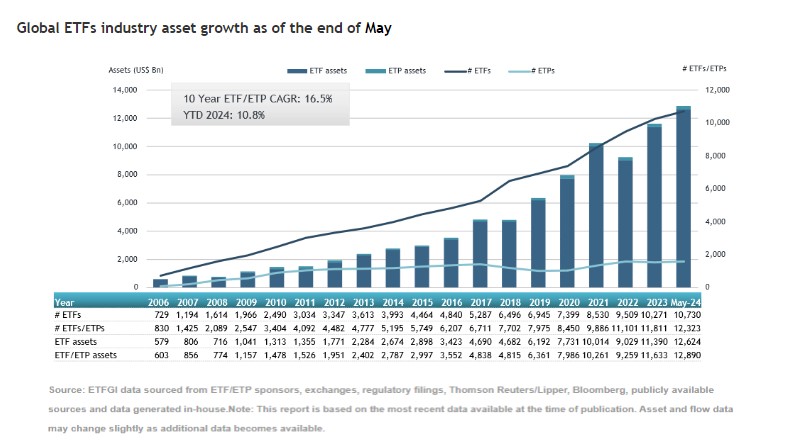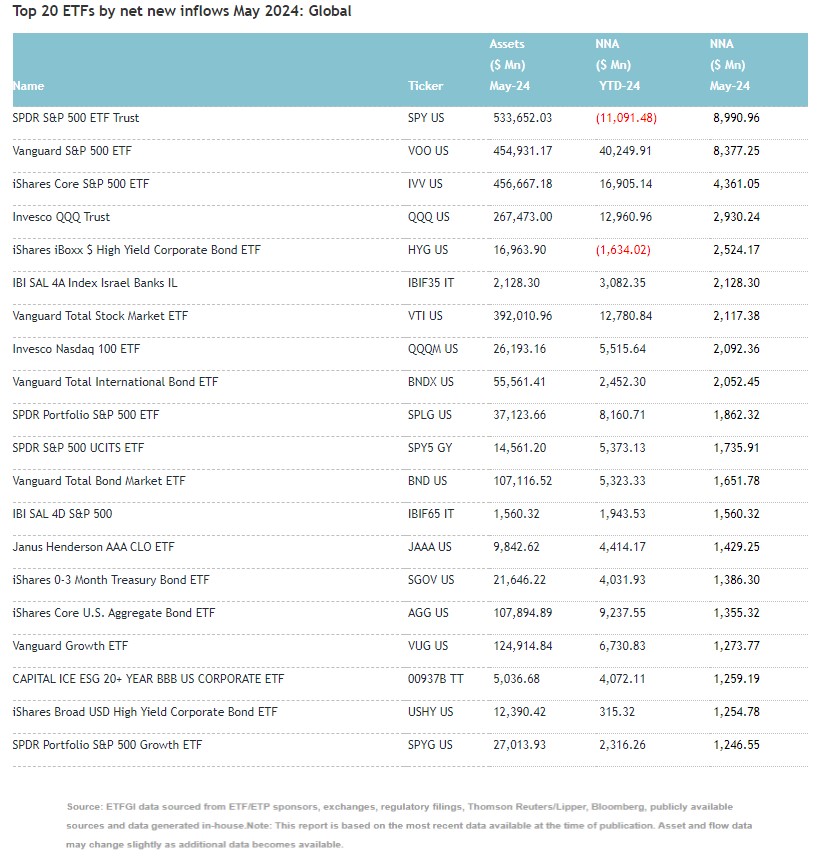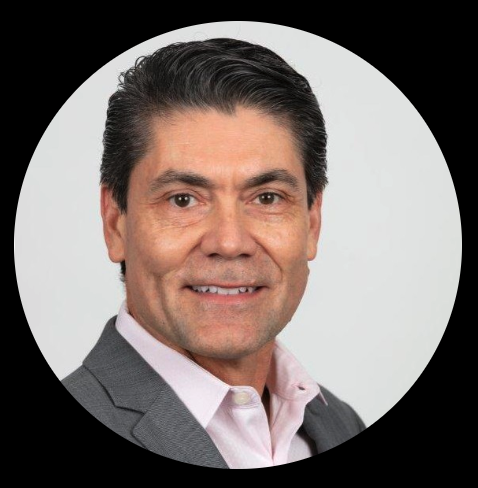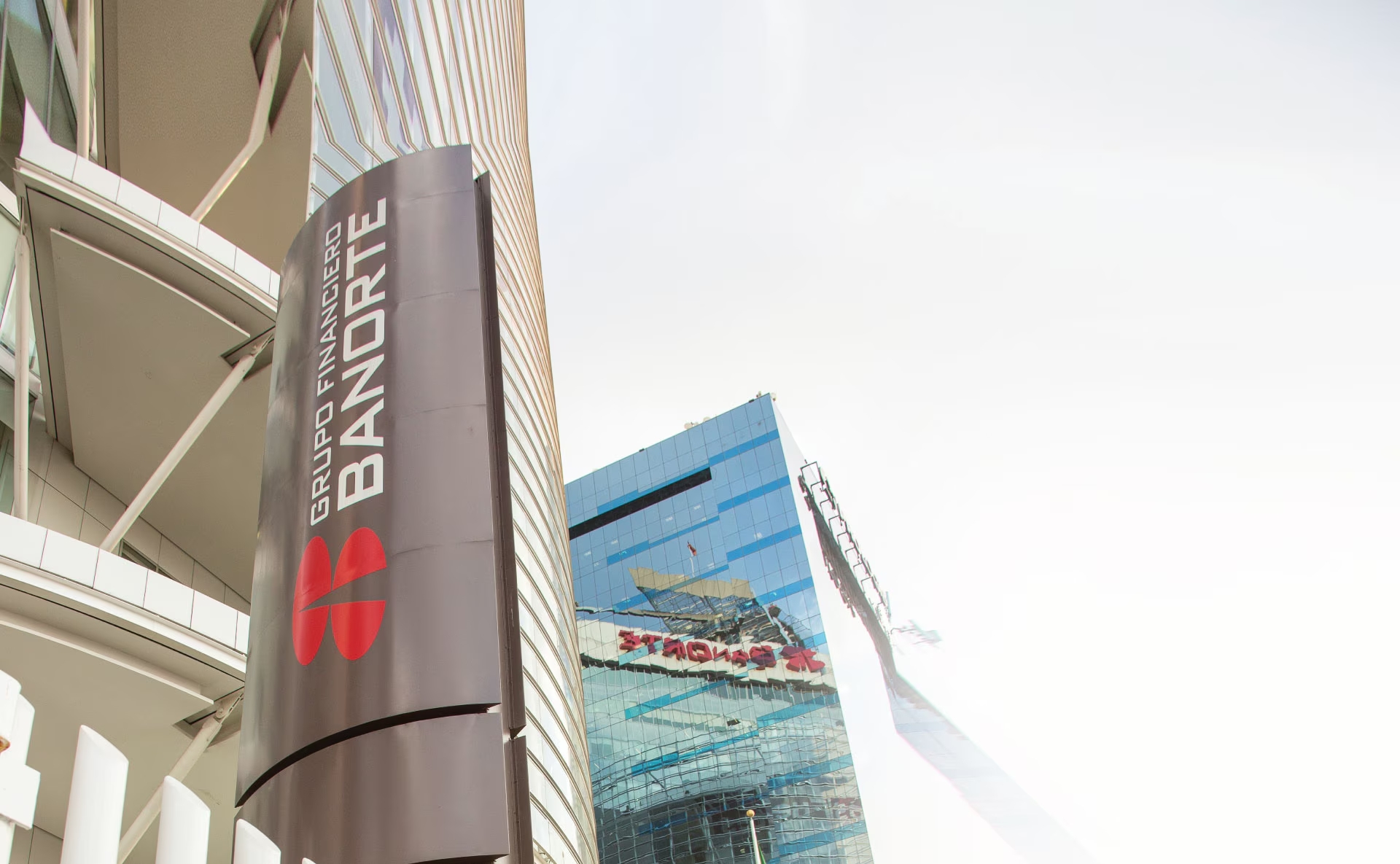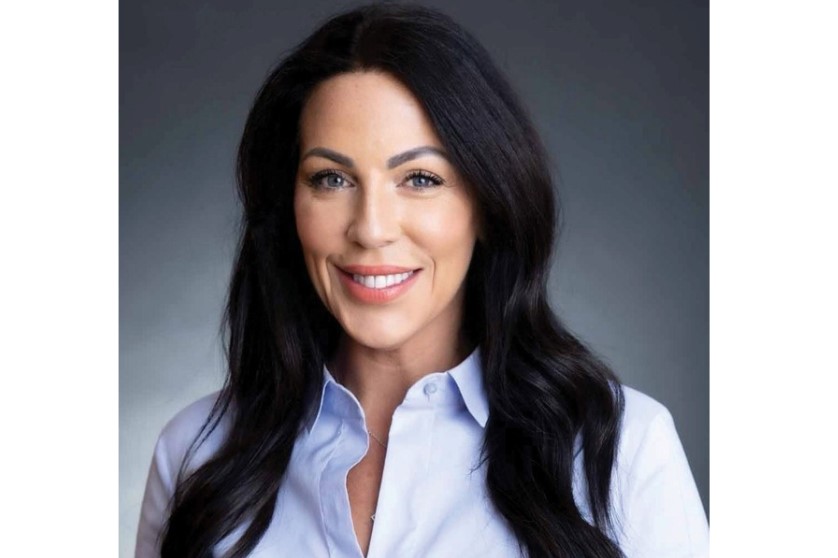Advent International and a Subsidiary of ADIA Acquire a Minority Stake in Fisher Investments
| By Amaya Uriarte | 0 Comentarios

Fisher Investments (FI) has announced that Advent International (Advent) and a wholly-owned subsidiary of ADIA (Abu Dhabi Investment Authority) have agreed to make a minority investment in Fisher Investments, the namesake firm of Ken Fisher. According to the company, the investment by Advent and ADIA, ranging from at least $2.5 billion to $3 billion, values FI at $12.75 billion.
After the closing of this transaction, which is expected to occur by the end of this year, Ken Fisher will remain active in his current role as Executive Chairman and Co-Chief Investment Officer of FI, and the management led by CEO Damian Ornani will continue to drive the firm forward. “The investment will not affect clients, employees, or the daily operations of FI. The completion of the transaction is subject to certain approvals and the fulfillment of other customary closing conditions,” they state.
The announcement explains that this transaction was part of Ken Fisher’s long-term estate planning and allows FI, under the leadership of Damian Ornani, to continue operating as an independent wealth and asset management firm and private investment advisor. Ken Fisher, founder and Executive Chairman of FI, will sell personal stakes in FI to funds managed by Advent and ADIA. For Advent and ADIA, the deal was an opportunity for a long-term investment in one of the world’s largest investment advisors. Investors in Advent’s vehicles include funds managed by Lunate Capital Limited, Mousse Partners, and FI’s long-time largest institutional client, the National Pension Service (NPS) of South Korea. This is the first external investment in FI, as ownership was previously exclusive to family and employees. Once the transaction closes, Ken Fisher will retain the majority of effective ownership and voting shares exceeding 70%. No other FI investment transactions are contemplated. The investment in common shares does not include options or preferences over non-common shares and includes voting proportional to the effective ownership of the investors. After closing, David Mussafer, Managing Partner of Advent, will join FI’s board of directors.
“This transaction provides us with an independent track with truly exceptional institutional investors who can bring their wisdom, value our unique culture and goals, and want us to keep doing what we have always done, bigger and better, while pioneering never-before-implemented solutions to benefit our clients and employees,” stated Damian Ornani, FI’s long-time CEO.
Ken Fisher added, “This transaction addresses both estate and tax planning, while ensuring that FI will maintain its traditional culture, growth evolution, and dedication to exceptional client service. FI has been my life. While my health is excellent, this transaction with an atypically long holding period for a private equity transaction will ensure FI’s independence and private culture long-term in case something adverse happens to me. And we will have the support of world-class partners who understand us operationally and culturally and value who we are and will be.”
Regarding the transaction, David Mussafer, Managing Partner of Advent, declared, “We are excited to support one of the leading financial services brands that clients trust for their personalized approach to wealth management. Ken, Damian, and the rest of the management team have built a tremendous organization over the past 45 years. We are honored to partner with them to support the next phase of FI’s growth while upholding the unique culture that is fundamental to its success.”
JP Morgan Securities LLC and RBC Capital Markets acted as joint financial advisors, and Paul Hastings acted as legal advisor to FI in this transaction. Ropes & Gray served as legal advisor to Advent. Gibson Dunn served as legal advisor to ADIA.


